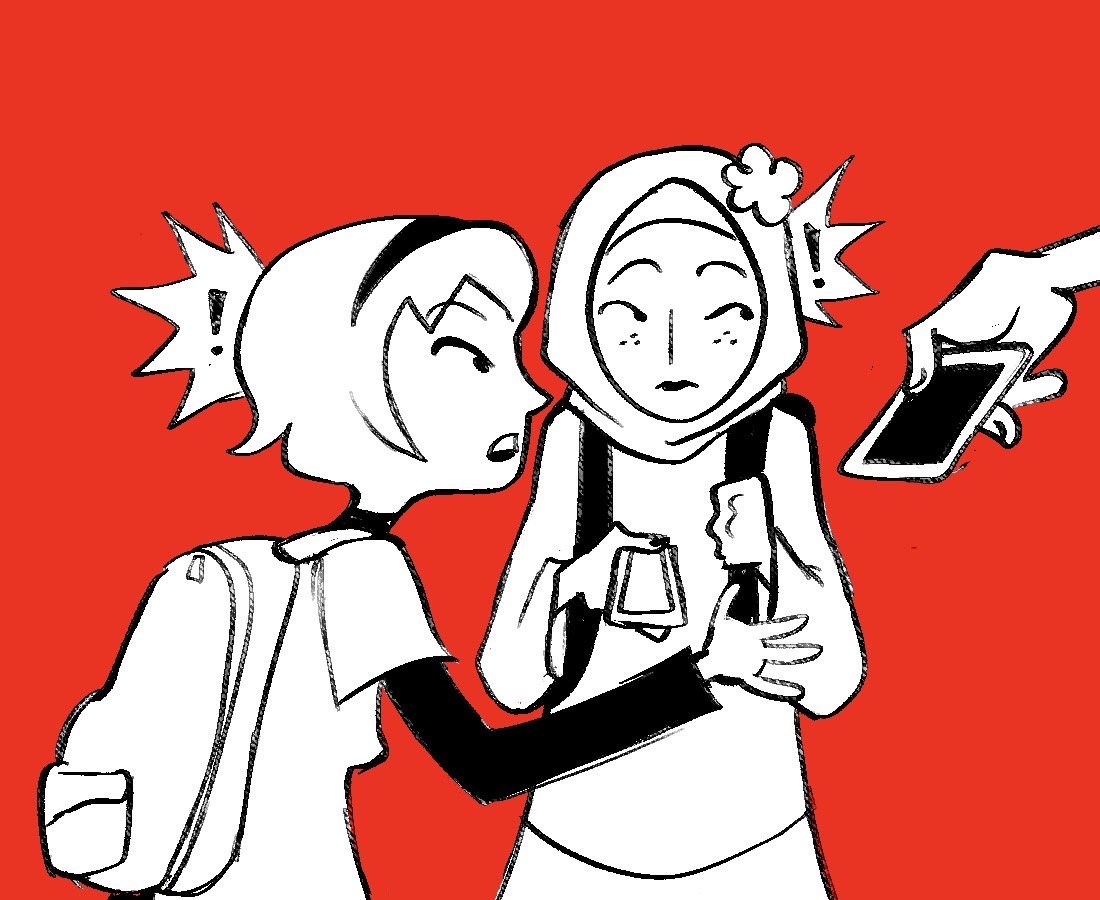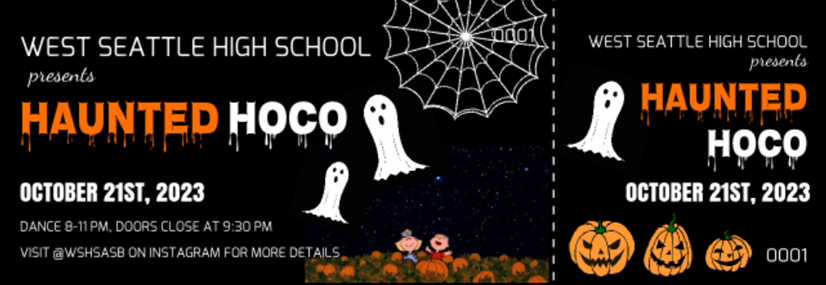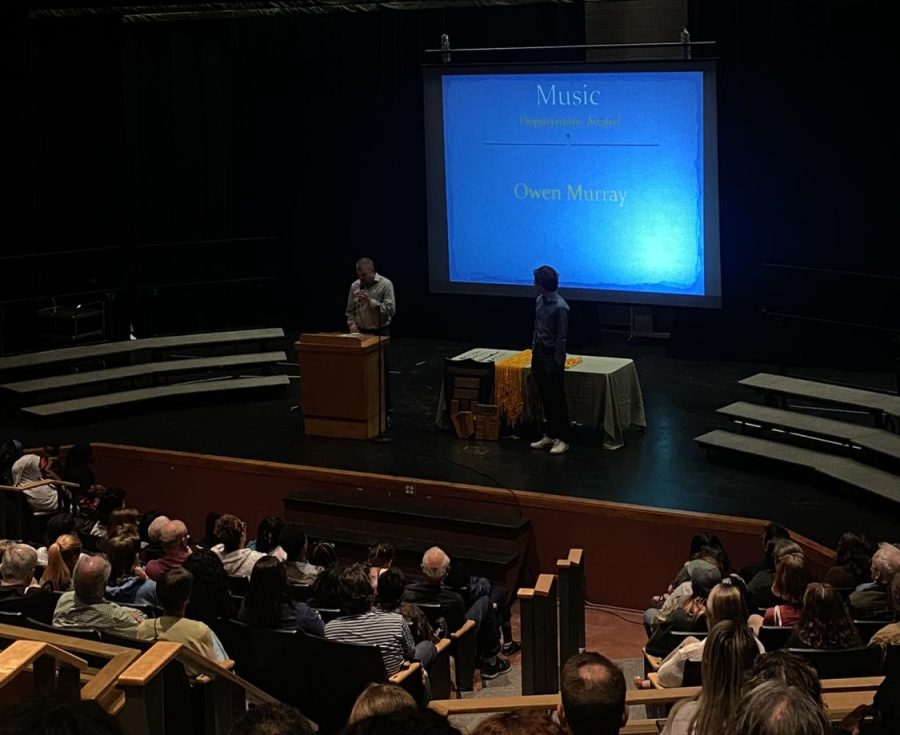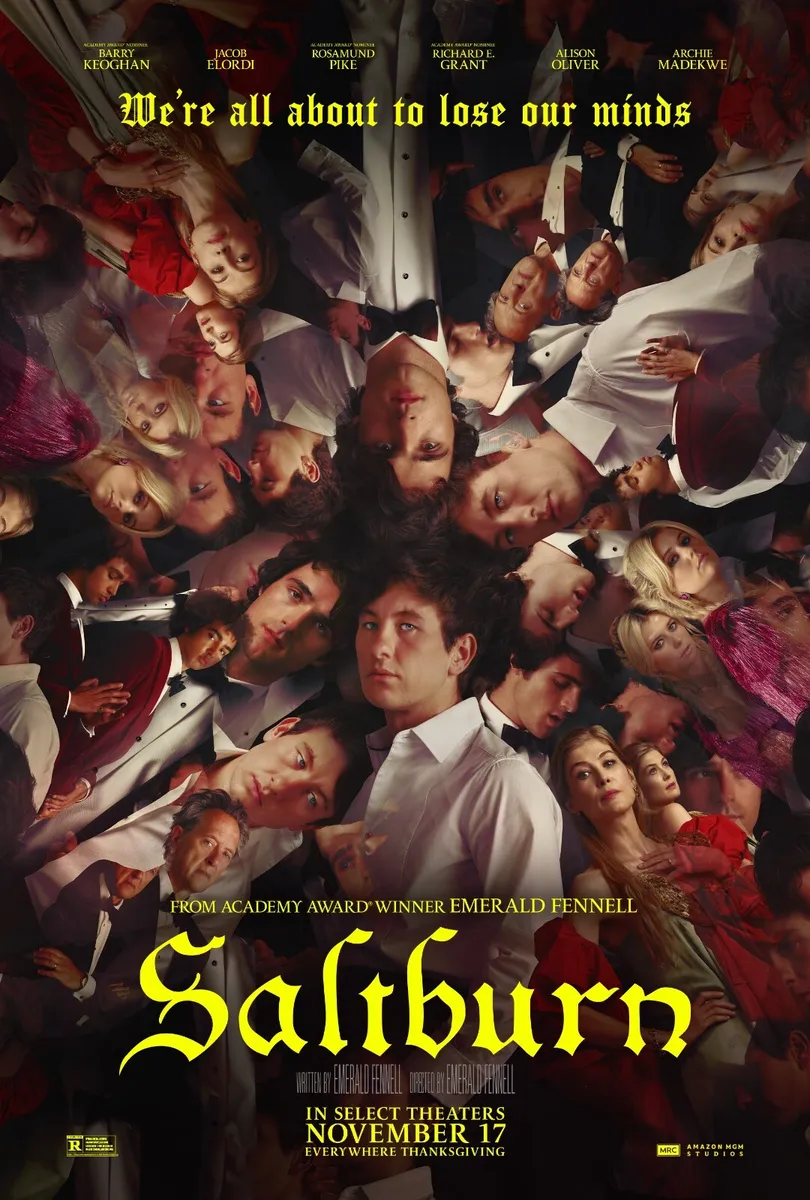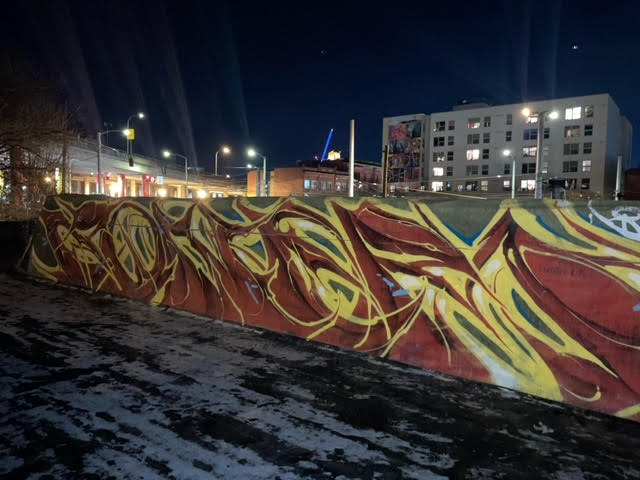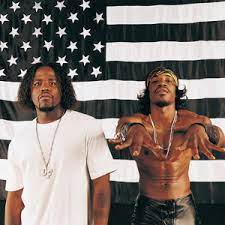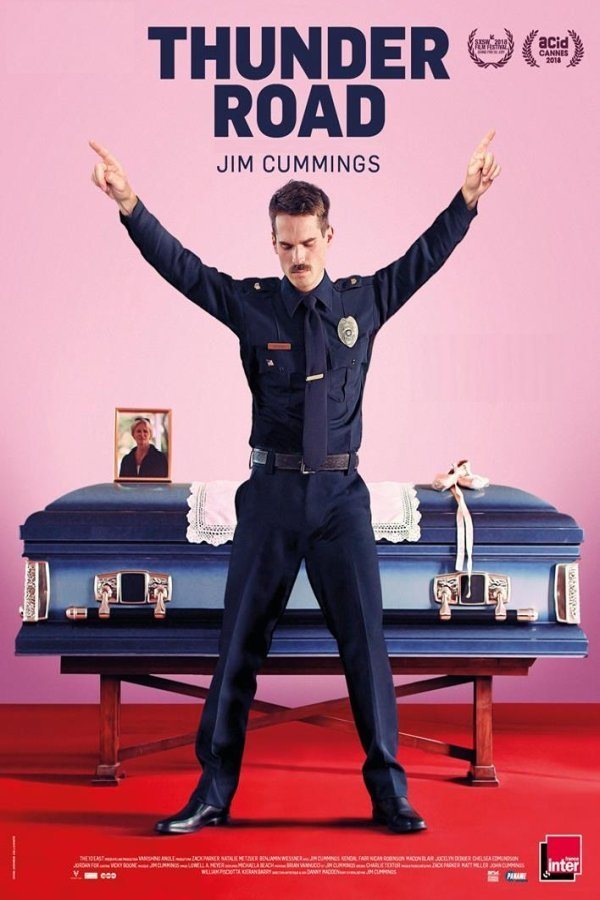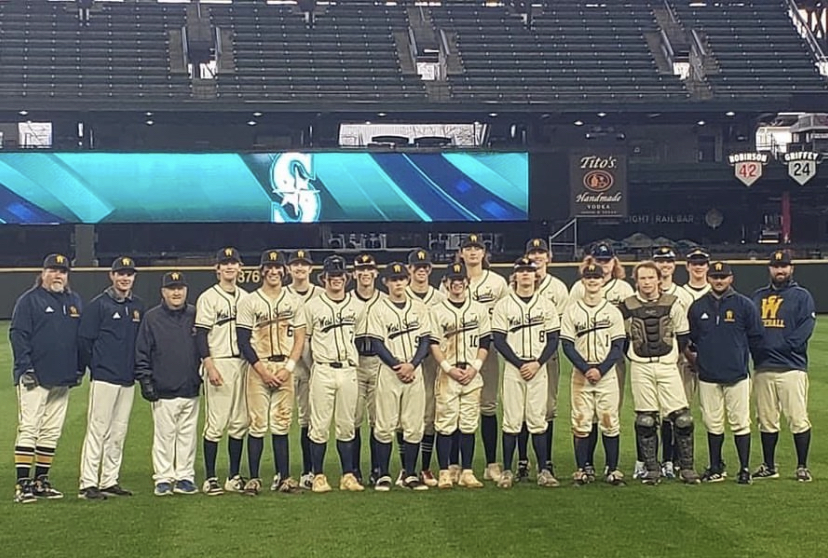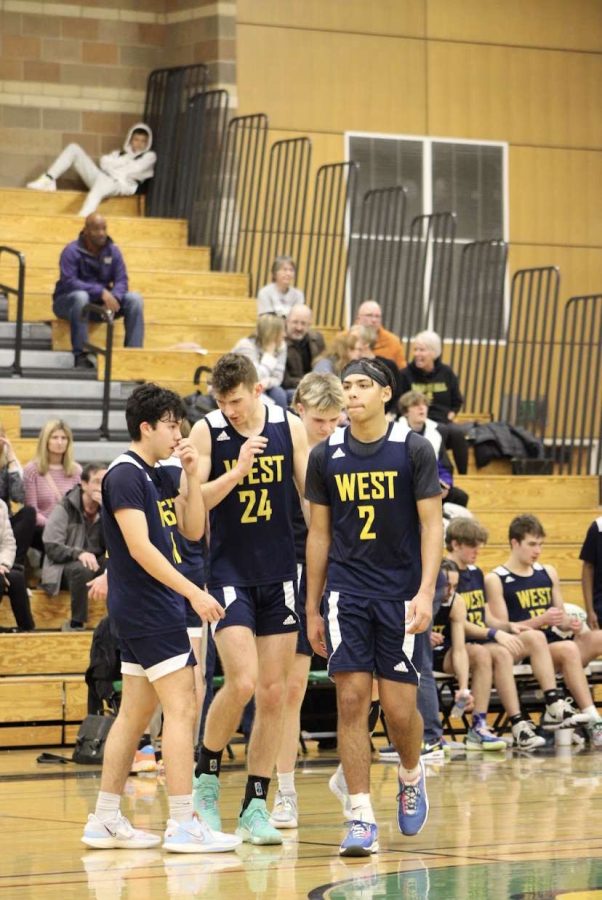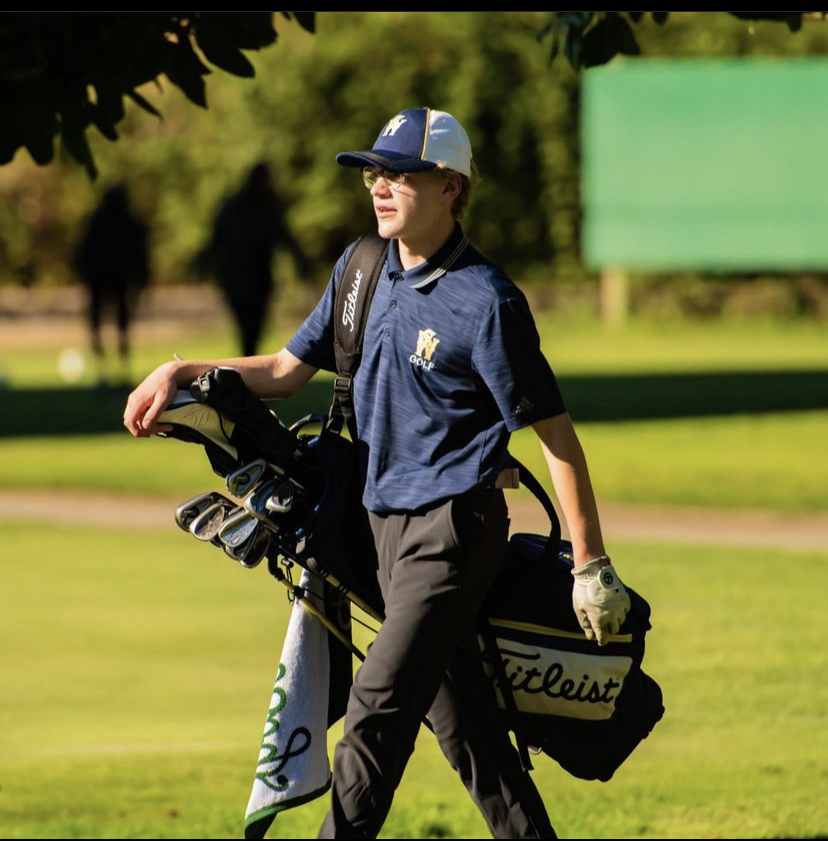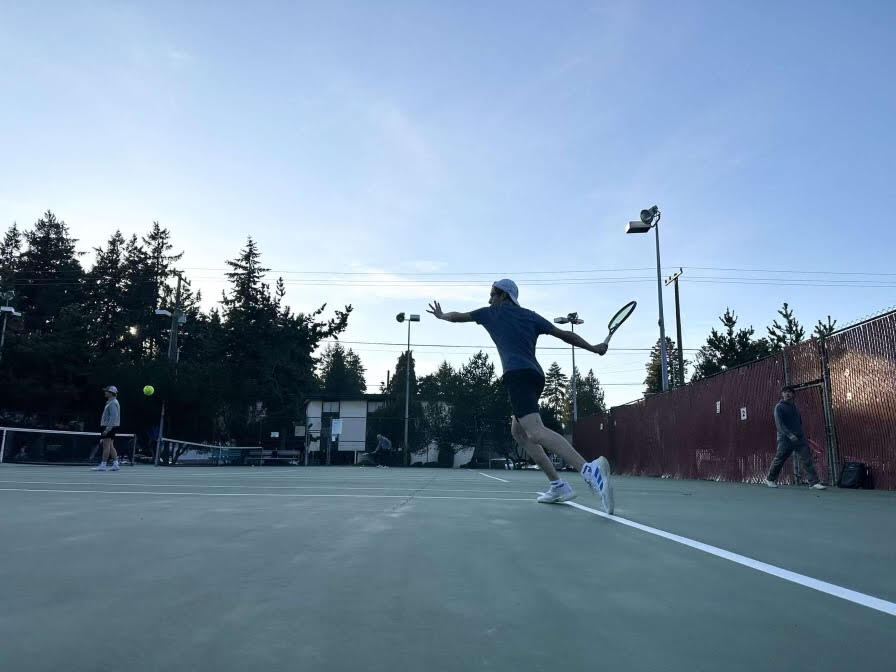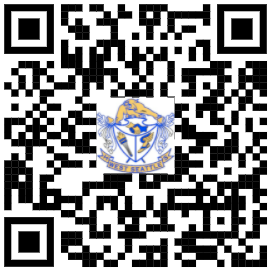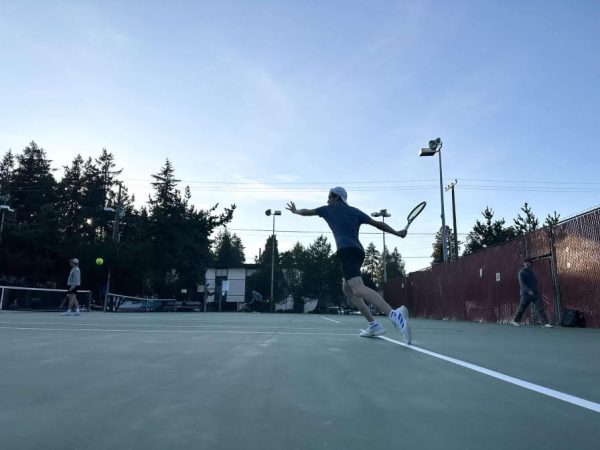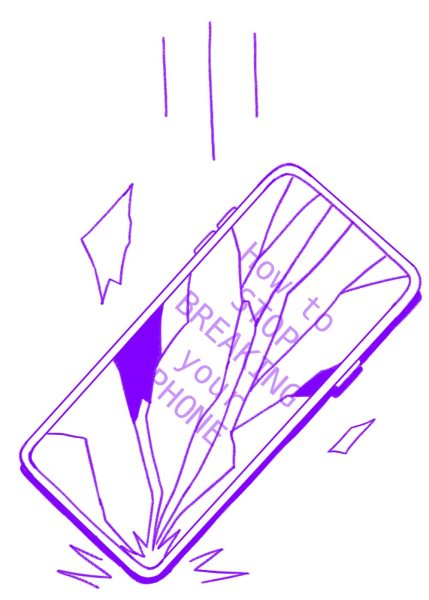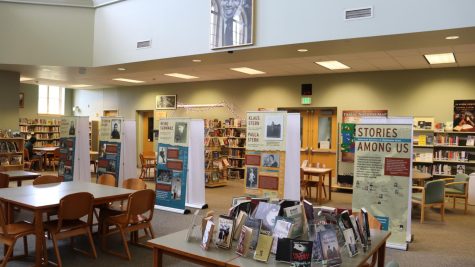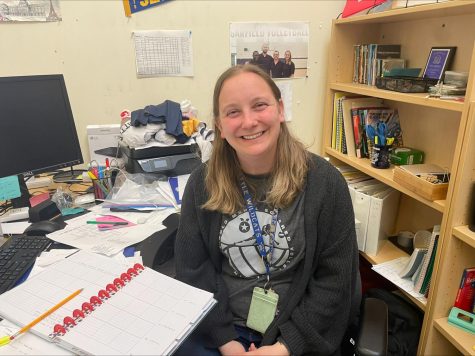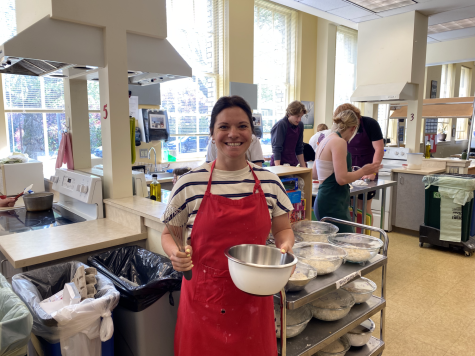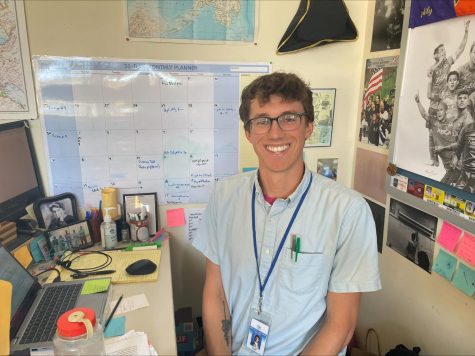Wildcats and Wildfires: Smoke in Seattle
October 6, 2022
Disappointment struck the student body on September 14th when all outdoor sporting events and practices were canceled due to unhealthy air quality.
“I was really disappointed,” said freshman Elinor Largent, a runner for the WSHS cross country team. Their meet was canceled due to the air quality. “I was excited to race. By the time the [XC] meet would have happened, the air quality was much better, but it still smelled a little smoky and my throat felt raw.”
Effects of wildfire smoke can range from mild eye and respiratory irritations to lung damage and heart failure. The air was so smoky that Principal Vance was forced to cancel practices and encouraged students to stay inside. Many students complained of throat or eye irritation, and the smoke could be smelled throughout the building.
Seattle air quality dropped due to smoke blowing in from the Bolt Creek fire near Snohomish. According to Fox News, the fire is still active and has currently burned over 11,000 acres (about half the area of Manhattan). Smoke from the fire may affect Seattle air quality going forward, a pattern that is becoming increasingly common in the city.
According to findings from NASA’s Earth Observatory, nearly two dozen fires burned in Washington and Oregon in the late summer alone. The fires polluted the area so drastically that at times the World Air Quality Index reported that Seattle had the worst air quality in the world. Thankfully, officials are working to prevent smoky summers from becoming the new normal in the city.
Last Thursday, Seattle Mayor Bruce Harroll signed $6.5 million in Green New Deal investments, $2.4 million of which will be used to help the city prepare and recover from climate change-related disasters – including wildfire smoke.

